Cheat Sheet:
Tosca
Everything you need to know about Puccini’s blood-soaked, lustful melodrama, Tosca.
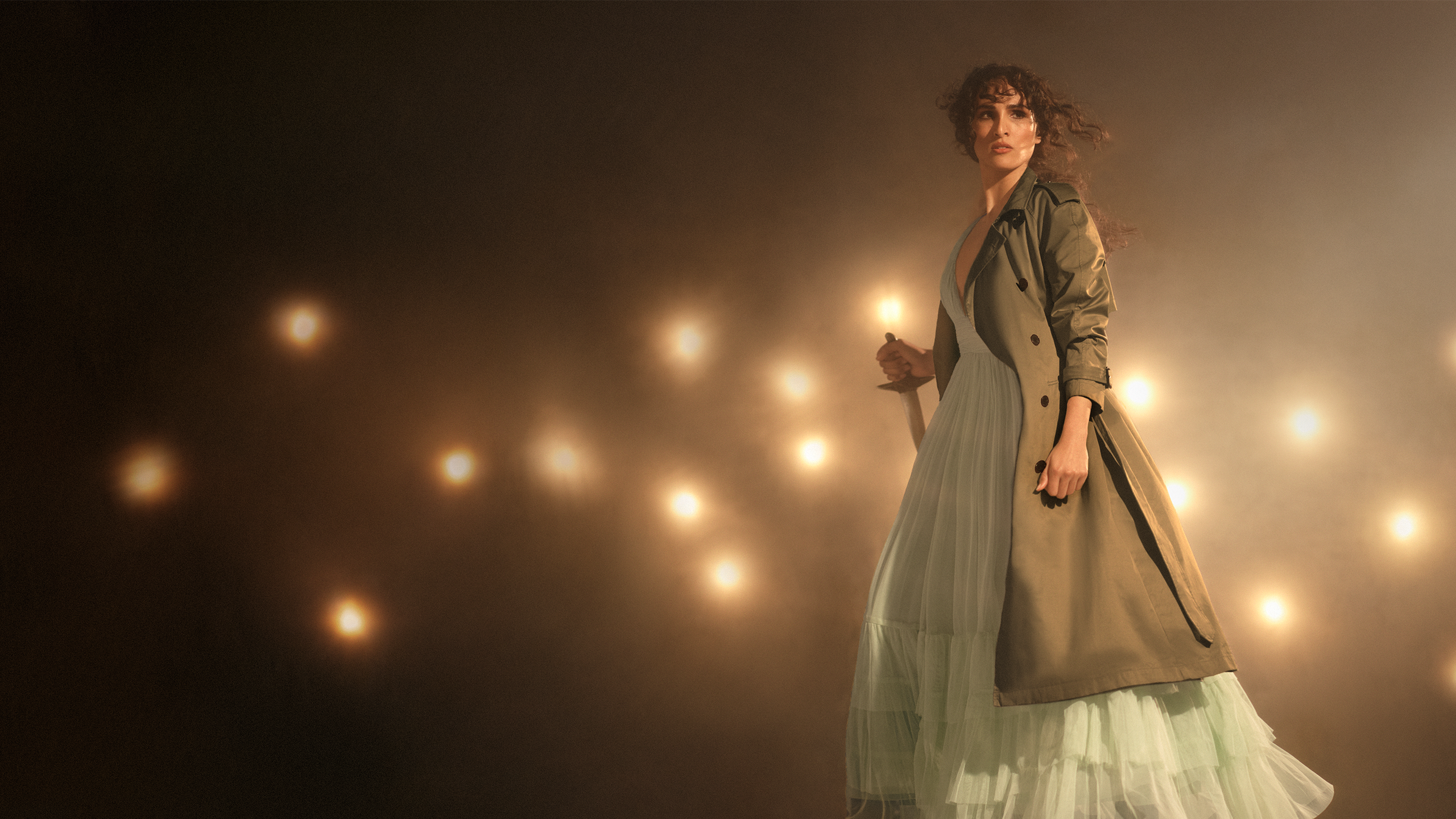
In a nutshell
The composer: Puccini. Italian. Late 19th century.
The music: From tender love duets to mournful arias, and the showstopping 'Te Deum' Chorus, this is music to make you feel.
The big hit: 'Vissi d'arte', a gorgeous soprano showpiece reflecting on a life lived for art.
The setting: Originally set in Rome over 24 hours in June 1800, this production takes place in a more contemporary, but timeless setting.
The history: Everyone wanted a piece of the Sardou play La Tosca, but no one was sure how to turn it into an opera. Puccini won the rights and cut the play to the bones. His opera was a success from the get-go.
A quirky fact to impress your date: There is a real hiding place in one of the chapels of the Sant'Andrea della Valle church, perfectly set up to conceal Angelotti!
Who was the composer?
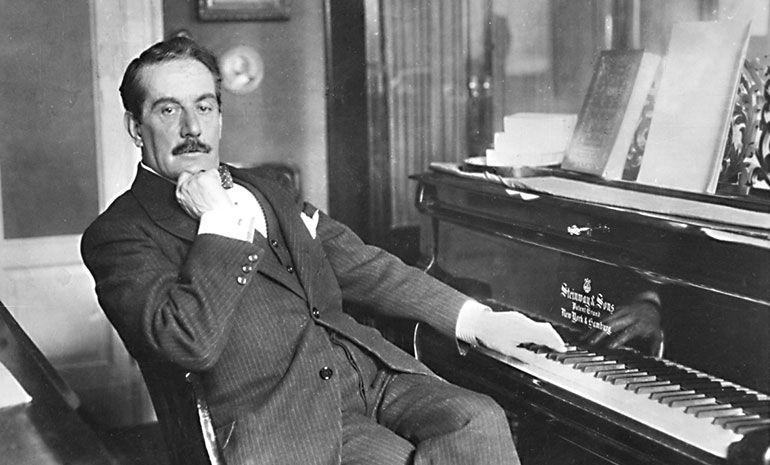
Photograph of composer, Giacomo Puccini, seated at the piano.
Photograph of composer, Giacomo Puccini, seated at the piano.
Giacomo Puccini. Born in Tuscany in 1858, Puccini is an Italian composer who took Verdi’s crown as the most prominent composer of Italian opera in his day. Renowned for his love affairs, Puccini left a trail of broken hearts across Italy, but also left us music-lovers 10 beautiful operas, three of which are regularly in the top 10 operas performed around the world.
Puccini’s music is sweeping, uplifting, enchanting and always intensely moving. His real genius, however, was to combine that music with stories about ordinary people.
The composer himself once said that his success was due to putting “great sorrows in little souls”.
What happens in the story?
In a beautiful church, the painter Cavaradossi is working. When an escaped prisoner bursts in, Cavaradossi risks his own life to help Angelotti hide from the Fascist police and their Chief, Scarpia. But Cavaradossi’s lover, Tosca, overhears him talking and becomes jealous. In spite of Cavaradossi’s ardent assurances of love, Scarpia fans the flames of her jealousy. He wants Tosca for himself.
Scarpia arrests Cavaradossi on suspicion of aiding Angelotti, and as he is tortured, Tosca is made to listen to his cries. She has a fateful choice before her: will she give in to the hateful Scarpia’s lascivious demands and save her lover’s life? In that terrible moment, Tosca makes a choice, and the consequences play out in a heart-rending Act III.
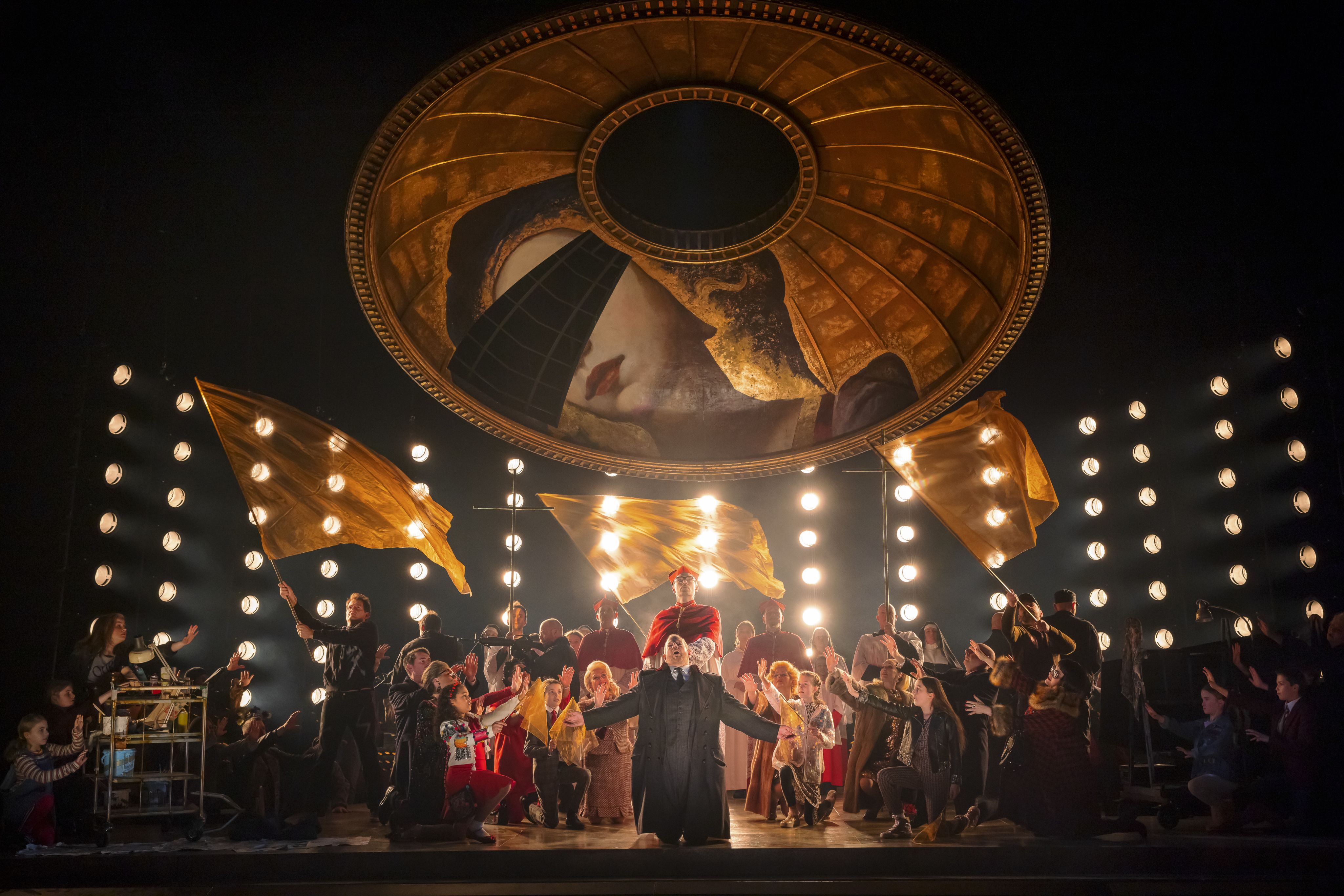
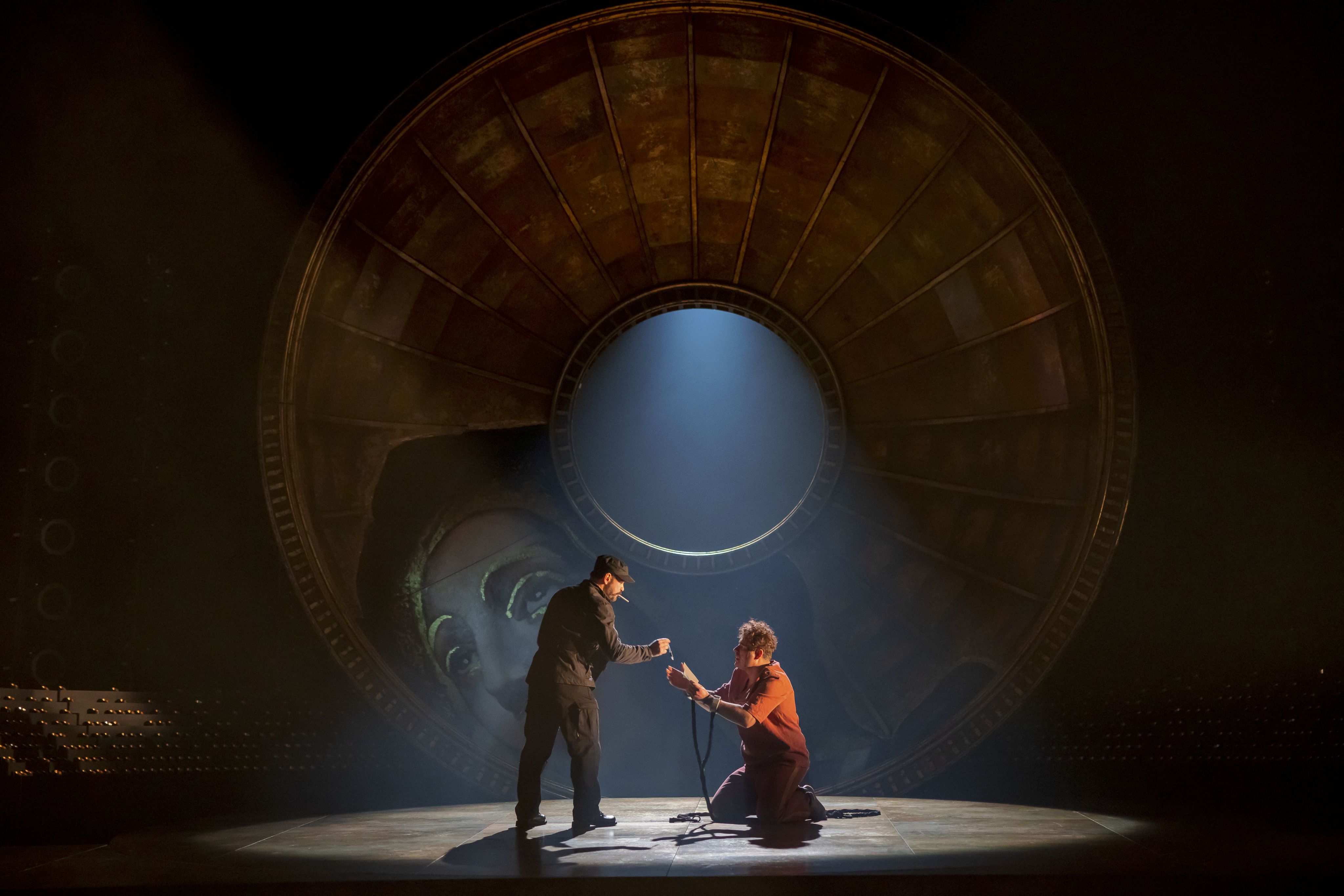
Who are the main characters?
Floria Tosca: a singer
Mario Cavaradossi: a painter, Tosca’s lover
Baron Scarpia: Rome’s Chief of Police and the villain of the opera
What's the big hit?
Vissi d'arte
Although Puccini ended up resenting this stunning aria because he believed it slowed down the fast-moving plot, it has become an audience favourite and a star-making showpiece for the sopranos that conquer its notes.
'E lucevan le stelle'
Act III brings us a beautiful moment of light as Cavaradossi, sentenced to death, reflects on happier times, in a tenor aria guaranteed to bring the crowd to its feet.
Where have I heard that before?
You might have heard both of these arias any time opera's greatest hits are performed. If you're a James Bond fan, you saw a whole scene from Tosca in the Daniel Craig film, Quantum of Solace.
Something to listen out for
Each character has its own theme, or leitmotif. Scarpia’s is the easiest to listen out for – it opens the work and repeats several times. The ‘tetrachord’ is four long, threatening notes: dissonant, slow, loud and rough, it conveys both his evil and his power. Listen out for how it changes as [spoiler] he lays dying in Act II.
This production is...
An acclaimed staging from UK company Opera North. Directed by Edward Dick, this production draws out all the drama and tension inherent in Puccini's opera, using stadium-style lighting and a stunning dome.
The design draws together contemporary imagery with Renaissance references, to create a timeless feel.
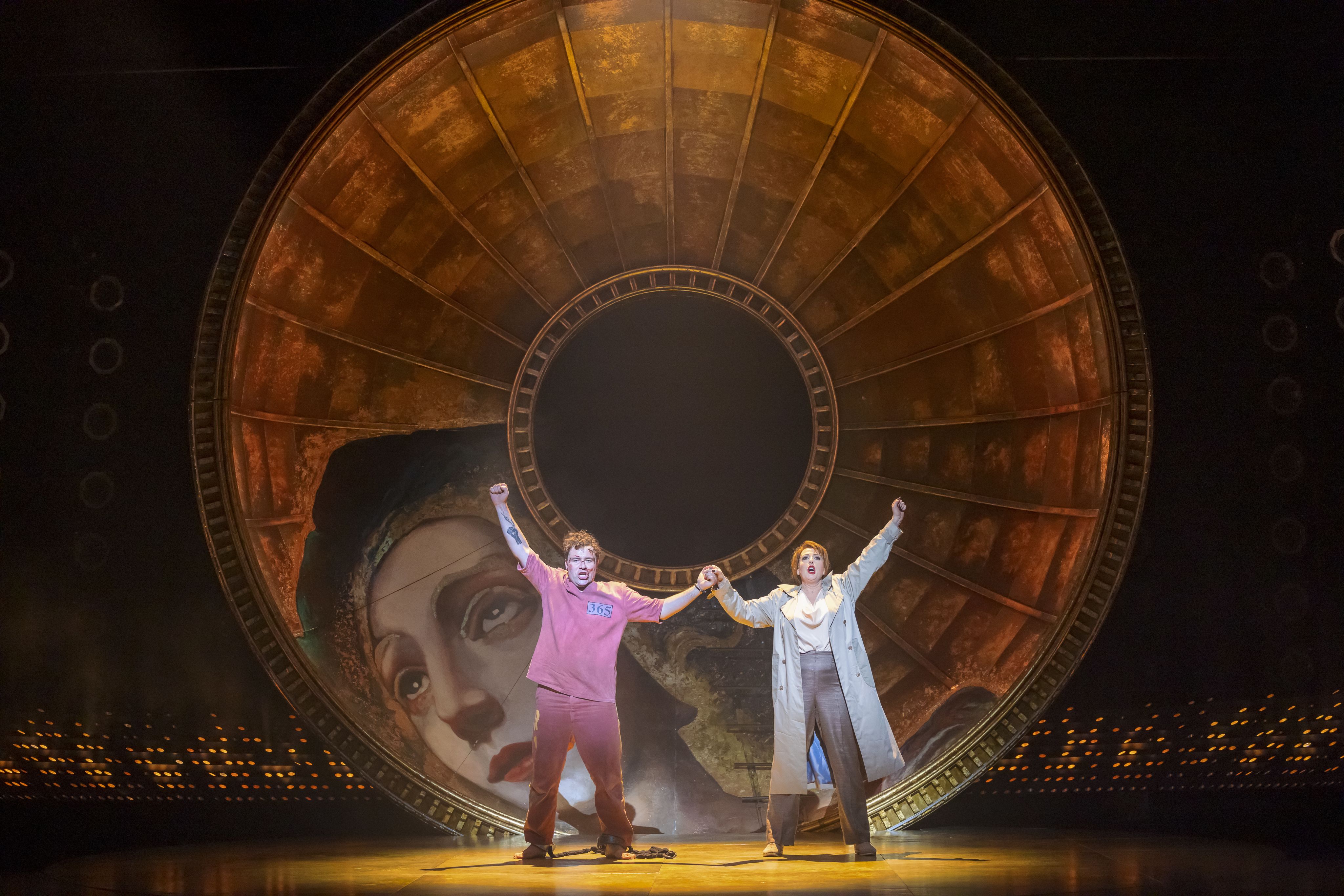
Tosca at Opera North (2023). Photo by James Glossop.
Tosca at Opera North (2023). Photo by James Glossop.
A little history
Puccini based this opera on Sardou’s play La Tosca, a play written to showcase the talents of Sarah Bernhardt. Puccini was desperate to secure the rights, writing to his publisher/agent Ricordi: “In this Tosca I see the opera that suits me perfectly, with no overblown proportions, not envisaged as a decorative spectacle and not requiring the usual superabundance of music.” It was a competitive process, with publishers, librettists and Sardou himself getting into conflict over whether he could make an opera out of the play.
In the end, Puccini won the rights, and work began. The composer insisted upon a Roman premiere as a reflection of the opera’s setting, but the opening night was delayed a few times and eventually put on watch for fear it might attract anarchist bombings. In spite of this, the Prime Minister of Italy, along with other composers, and even local royalty attended.
It was a box office success from the get-go, although critics were slower to come on board, calling it vulgar, licentious and ‘three hours of noise’. They were clearly mistaken — today, Tosca is one of the world’s most popular operas.
Conversation starters
- The love duet between Tosca and Cavaradossi is so evocative that maestro Burton Fisher once described it as a kind of ‘pornophony’.
- Playwright Sardou was so determined to keep his hand on the developing opera that he managed to get his own name listed ahead of the librettists Illica and Giacosa in the first edition.
- Puccini set each act of his opera in three very specific locations, all of which you can still visit today: the Sant’Andrea della Valle church in Rome, the Palazzo Farnese and the Castel Sant’ Angelo over the River Tiber.
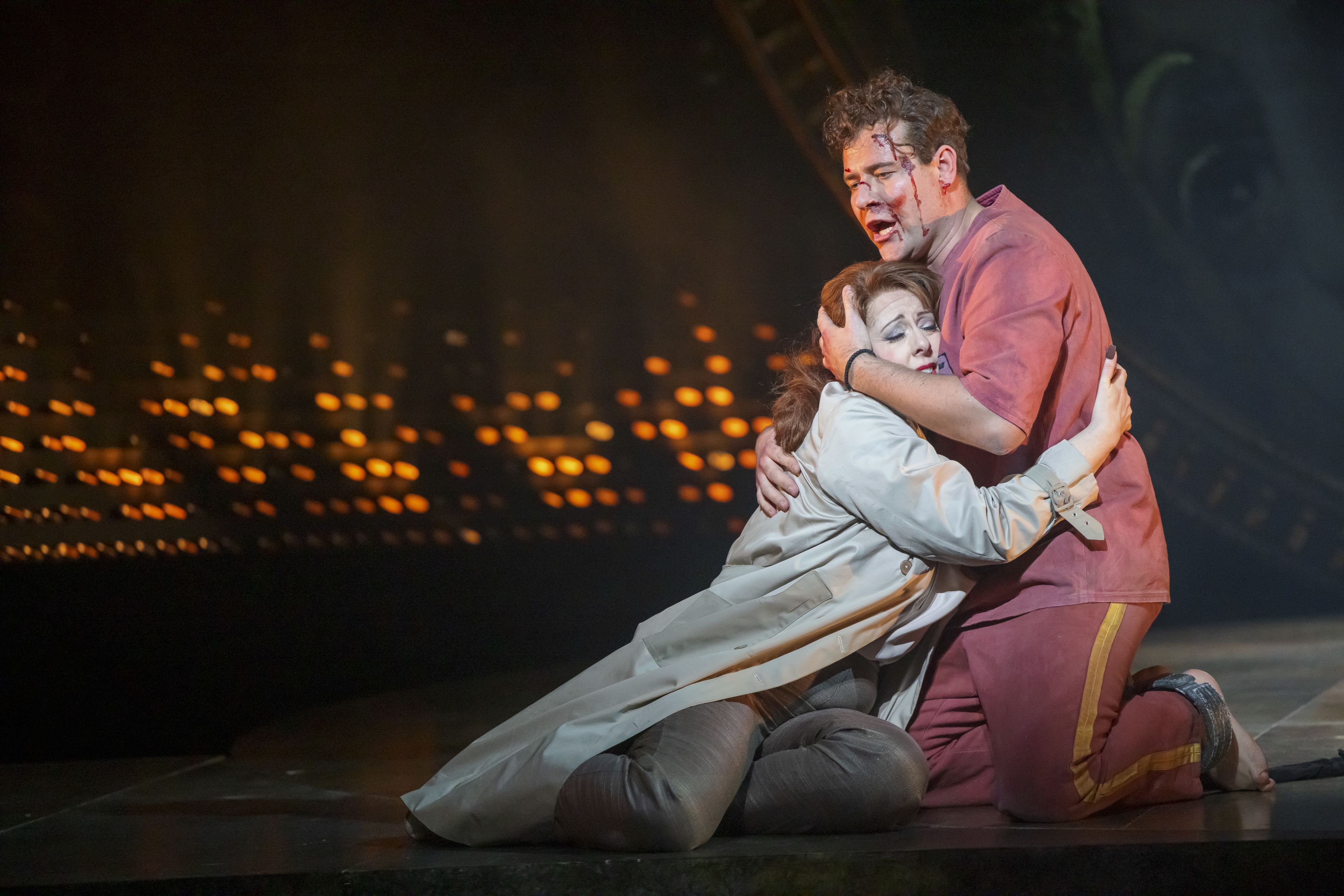
Tosca
Margaret Court Arena
24-30 May 2024
Sydney Opera House
25 June-16 August 2024
